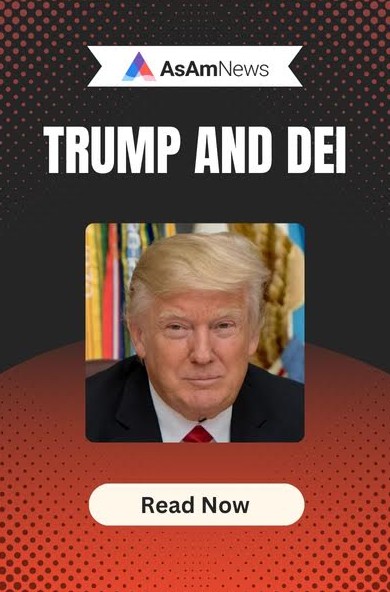National school lunch program tackles hunger in our nation’s schools via Wikimedia Creative Commons. Photo from U.S. Dept of Agriculture
By Amy Ahmed, CAUSE Leadership Academy
If hunger and attending classes on an empty stomach has taught me anything, it’s that the Census is the one survey that everyone should fill out, whether or not they’re going to be entered in a $50 Amazon raffle.
Growing up in a low-income household, I learned to make do with little. My South-Asian American immigrant parents were focused on getting bills paid. I was expected to fend for myself, while simultaneously tending to my three younger siblings. After making lunches every day for my three brothers, I usually didn’t have enough ingredients or time in the early mornings to make lunch for myself. So, most days, I’d ignore the callings of my stomach. When I did have just enough money for school lunch, there were other issues: there weren’t any options for students with dietary restrictions like me or the food would sell out before I could get to the front of the lunch line.
This is not my past alone; this was the case for many other Asian Pacific Islander (API) students who hailed from low-income households. We couldn’t partake in the lunchtime food trading circles. While little Karen was trading her PBJ sandwich for three chocolate chip cookies and a pack of goldfish, we played on the slides to keep our minds off our aching tummies. Yet, we knew that when our stomachs would rumble in class after lunch, the “I’m not hungry” we told our more affluent friends would no longer be valid. Even at school, our imaginations weren’t enough to let us escape hunger and the harsh reality of the growing economic instability present in our communities.
According to a study from the Pew Research Center, Asians are the most economically divided group in the U.S. Even though Asians are the one racial and ethnic group with the highest income in the U.S., it’s not a status all or even most Asian Americans share. The myth that Asians are an ethnic and racial group that is doing well overall adds just distracts from seeing that the standard of living for low-income Asians continues to decline. Out of the data available from this Pew Research Center study, there’s no mention of the PI (Pacific Islander) communities and their income levels. This further shows that there is more accurate counting of people in the API community that is needed.
Despite how badly the API community needs to be counted in the Census, an article by AAPI Data states that based on The 2020 Census Barriers, Attitudes, and Motivators Study (CBAMS), Asian Americans were the least likely of any racial group to complete the Census. In fact, 41% of Asian Americans in the study were concerned that the answers they provide in the Census will be used against them, rather than to help the AAPI (Asian American Pacific Islander) community be accurately counted.
The study established that out of all the communities of color, Asian American respondents have the most severe problems when it comes to barriers and misconceptions about the Census. The article also discussed a report released in January 2019 by the Census Bureau that uncovered barriers, which if not addressed, would lead to a major exclusion of AAPI people from the Census, resulting in massive problems for all Asian American communities, in addition to “governments, businesses, and nonprofit service providers”.
The evidence is clear: if the AAPI community is not counted in the Census, families like mine, which make up a lot more of the AAPI community than the mainstream media lets on, will continue to struggle.
One of the many federally funded initiatives for which the US Government uses Census data in order to decide how much money should be allocated towards it, The National School Lunch Program is the reason that students like me are able to go throughout the school day with at least one hot meal.
The lunch program at my high school has now expanded to provide breakfast, lunch, and a “hot supper”. The Census’ data helps improve the organization, function, and efficiency of the program by better funding, which only happens if the population the program serves is counted accurately. Even during COVID-19, the program has provided free, non-contact, meal-pickups at schools. Needless to say: it is crucial that every AAPI person gets counted in the Census. We must do our part to help ourselves and our communities thrive, with a full belly, of course.
(About the author: Amy Ahmed participated in a six-week internship program for college undergraduates- the CAUSE Leadership Academy)
AsAmNews has Asian America in its heart. We’re an all-volunteer effort of dedicated staff and interns. Check out our new Instagram account. Go to our Twitter feed and Facebook page for more content. Please consider interning, joining our staff, or submitting a story.




